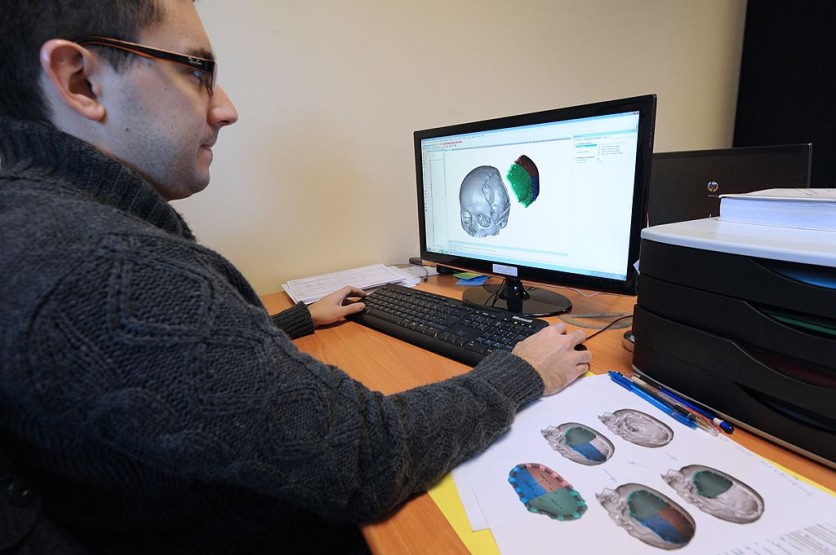
Arizona researchers created an ultra-thin wireless device capable of growing to a bone's surface; marking a milestone for physicians in monitoring and protecting human bones.
To Monitor and Improve Bone Health
Engineers and Physicians collaborated on developing a wireless battery-free computer, taking the size of a penny, in hopes of monitoring bone health - especially bones that are healing for a long period of time.
In a published article, researchers named the device 'osseosurface electronics'.
The study's co-senior author and assistant professor of biomedical engineering, Philip Gutruf, alongside a faculty fellow in the College of Engineering, Craig Berge suggest that although the wireless bone device does not have human trials yet; its composition is enough to possibly monitor health and most of all, improve it.
Gutruf stated that "Being able to monitor the health of the musculoskeletal system is super important."
The authors mentioned that conditions such as osteoporosis and osteopenia linked with fragility fractures would account for longer hospital days. The wireless bone device could hopefully help with that.
"With this interface, you basically have a computer on the bone. This technology platform allows us to create investigative tools for scientists to discover how the musculoskeletal system works and to use the information gathered to benefit recovery and therapy," added co-senior author and professor Philip Gutruf.
Penny-sized Computer Monitors Bone Health Review
As for the composition of the wireless bone device, the co-senior author also explained that it's important that it's thin enough so it cannot irritate neighboring tissues since muscles are close to the bones and move regularly.
According to Gutruf Lab, the device is as thin as a sheet of paper and roughly the size of a penny.
Alex Burton, a doctoral student in biomedical engineering and the co-first author of the research described the bone computer, saying "The device's thin structure, roughly as thick as a sheet of paper, means it can conform to the curvature of the bone, forming a tight interface."
He also stated, "They also do not need a battery. This is possible using a power casting and communication method called near-field communication, or NFC, which is also used in smartphones for contactless pay."
Now, how does it work?
John Szivek, study co-author, orthopedic surgery and biomedical engineering professor developed an adhesive. The adhesive comprises particles made up of calcium and contains atomic structures similar to bone cells.
Szivek's adhesive will secure the osseosurface electronics to the bone so it won't fall off after a few months.
Gutruf explained, "The bone basically thinks the device is part of it and grows to the sensor itself. This allows it to form a permanent bond to the bone and take measurements over long periods of time."
To give an example, a physician could attach the ossesosurface electronics to a fractured bone so it can observe the healing process.
Such findings would be helpful particularly for patients osteoporosis because of their frequent suffering from refractures.
By monitoring the bone, it will speed up the physician's clinical treatment decisions.
Related Article: M3, World's Smallest Computer Helps Scientists Find Out How a Native Tree Snail Species Survived From Predators
This article is owned by Tech Times
Written by Thea Felicity
ⓒ 2026 TECHTIMES.com All rights reserved. Do not reproduce without permission.




